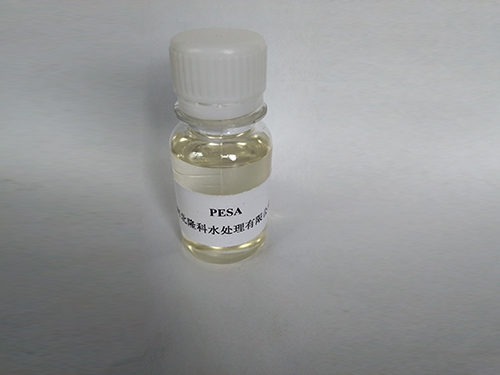anionic pam
Understanding Anionic Polyacrylamide (PAM) and Its Applications
Anionic polyacrylamide (PAM) is a water-soluble polymer that has gained significant attention due to its versatility and effectiveness in various industrial applications. This compound, characterized by its negative charge, is primarily used as a flocculating agent, emulsifier, and thickening agent in numerous processes.
Understanding Anionic Polyacrylamide (PAM) and Its Applications
Additionally, anionic PAM finds significant use in agriculture, particularly in soil management and irrigation practices. By improving soil structure, PAM enhances water retention and reduces erosion. It allows for better infiltration of water, leading to optimized irrigation efficiency. Farmers use anionic PAM to create a more conducive environment for crop growth, especially in areas prone to drought. The application of this polymer can lead to notable increases in crop yields and overall agricultural productivity.
anionic pam

Moreover, in the oil and gas industry, anionic PAM serves as a crucial agent in enhanced oil recovery processes. It is employed in the formulation of drilling fluids and as a component of flooding agents that help in the extraction of oil from reservoirs. The use of PAM helps reduce friction in the drilling process and improves the efficiency of oil recovery operations.
Despite its numerous benefits, the use of anionic PAM must be managed carefully, especially regarding its environmental impact. While it is generally considered safe, excessive application can lead to potential soil and water contamination. Therefore, adhering to recommended usage guidelines is essential to minimize adverse effects on ecosystems.
In conclusion, anionic polyacrylamide is a multifunctional polymer with diverse applications across various industries. From enhancing water treatment processes to improving agricultural practices and facilitating oil recovery, its utility is vast. However, it is crucial to pursue sustainable practices to ensure that the benefits of anionic PAM are realized without compromising environmental health. Through responsible use, anionic PAM can continue to play a pivotal role in promoting efficiency and sustainability in industrial operations.
-
Water Treatment with Flocculant Water TreatmentNewsJun.12,2025
-
Polymaleic AnhydrideNewsJun.12,2025
-
Polyaspartic AcidNewsJun.12,2025
-
Enhance Industrial Processes with IsothiazolinonesNewsJun.12,2025
-
Enhance Industrial Processes with PBTCA SolutionsNewsJun.12,2025
-
Dodecyldimethylbenzylammonium Chloride SolutionsNewsJun.12,2025





